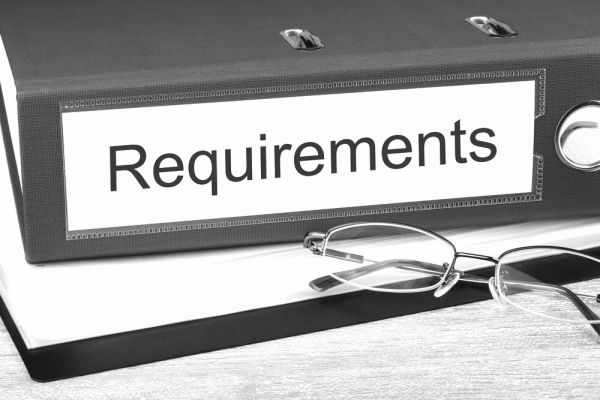Navigation

Business Requirements Document – BRD
Standard Level
IT Term
Related Post
Business Requirements Document – BRD
A Business Requirements Document (BRD) is a formal report that outlines what an organization needs from a new system, project, or process improvement to achieve its business goals. In the IT context, it captures the high-level requirements that define the purpose, scope, and expected outcomes of a proposed solution, serving as a blueprint for system design and development.
The BRD focuses on what the business needs, not how the solution will be technically implemented. It acts as a communication bridge between business stakeholders and IT teams, ensuring everyone has a shared understanding of project objectives. Creating a thorough BRD helps reduce project risks, avoid costly rework, and keep IT initiatives aligned with strategic goals.
Topic Sections
Business Requirements Document – 13 mins
